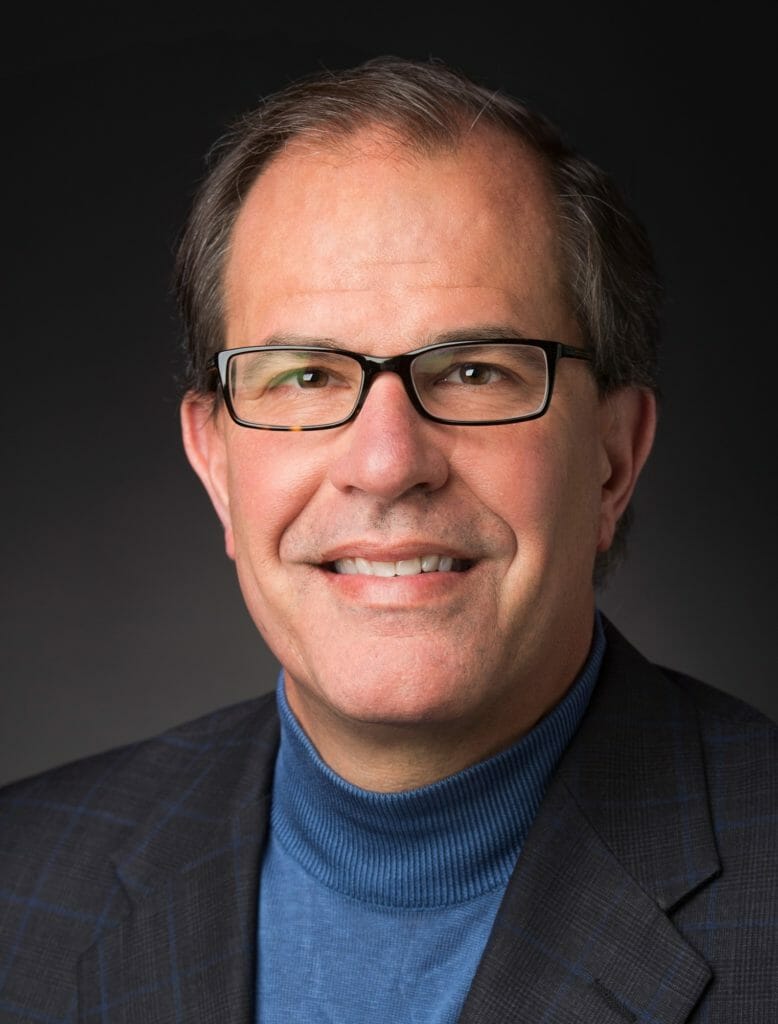
Walgreens Boots Alliance’s recent disclosure that it is making a $5.2 billion investment in VillageMD is opening the door to in-home care that could help revolutionize the way primary care is delivered in the U.S., VillageMD’s co-founder and chief growth officer told McKnight’s Home Care Daily Pulse.

“We really think the future of care delivery is going to be tethered between neighborhood, community and home,” said Paul Martino, of VillageMD, a provider of value-based primary care services. “There are a lot of ambulatory services that have been offered in an institutional environment and we think that the pendulum is really swinging the other way. We think team-based care, home-based care, community-based care is the future.”
While Martino said it is premature to discuss how the retailer’s multibillion-dollar investment will affect how VillageMD delivers care to the home, the deal will expand the number of Village Medical practices in Walgreens stores to 600 in 30 states by 2025. VillageMD currently offers value-based primary care in 230 free standing practices, 52 Walgreens co-branded stores and in homes to 1.6 million patients in 15 markets.
Walgreens’ investment in VillageMD more than doubles its stake in the company from 30% to 63% and comes at a time when retailers are pushing more aggressively into the lucrative healthcare industry. Amazon is offering telehealth, pharmacy and diagnostic services to customers. Best Buy has staked out remote patient monitoring and expanded further into that sector with the recent acquisition of Current Health. And, Dollar General announced last summer that it hired a chief medical officer to help it build out a comprehensive network of healthcare services for customers.
Martino thinks retailing’s involvement in healthcare could go a long way in providing care to underserved communities and will make care more accessible to seniors at home. He even suggested that the financial power behind big retailers could bolster wages for healthcare providers and attract more people to the industry.
“As people become unemployed in one setting, re-employing them in another setting as a potential mobile care provider is a magnificent opportunity,” Martino said. A medical assistant who has reliable transportation wouldn’t have to go to a clinic every day … Why couldn’t that care provider go from their home to patients’ homes?
Whether it’s through telehealth, remote patient monitoring or in-home primary care visits, Martino said retailing’s expansion into healthcare provides more touchpoints to patients and will help keep them healthier and out of the hospital.



